
- English
- Español
- Português
- русский
- Français
- 日本語
- Deutsch
- tiếng Việt
- Italiano
- Nederlands
- ภาษาไทย
- Polski
- 한국어
- Svenska
- magyar
- Malay
- বাংলা ভাষার
- Dansk
- Suomi
- हिन्दी
- Pilipino
- Türkçe
- Gaeilge
- العربية
- Indonesia
- Norsk
- تمل
- český
- ελληνικά
- український
- Javanese
- فارسی
- தமிழ்
- తెలుగు
- नेपाली
- Burmese
- български
- ລາວ
- Latine
- Қазақша
- Euskal
- Azərbaycan
- Slovenský jazyk
- Македонски
- Lietuvos
- Eesti Keel
- Română
- Slovenski
- मराठी
- Srpski језик
How to maintain photovoltaic power generation systems in winter?
1. What are the main factors that lead to a decrease in efficiency and losses in photovoltaic power generation systems?
The efficiency of photovoltaic power generation systems is affected by external factors, including occlusion, gray layer, component attenuation, temperature influence, component matching, MPPT accuracy, inverter efficiency, transformer efficiency, DC and AC line losses, etc. The impact of each factor on efficiency is also different. In the current stage of the project, attention should be paid to the optimization design of the system, and certain measures should be taken during the project operation to reduce the impact of dust and other obstructions on the system.
2. How to handle post system maintenance and how often should it be maintained? How to maintain it?
According to the user manual of the product supplier, maintain the components that require regular inspection. The main maintenance work of the system is to wipe the components. In areas with high rainfall, manual wiping is generally not required. In non rainy seasons, it should be cleaned approximately once a month. Areas with high dust deposition can increase wiping frequency as appropriate. Areas with high snowfall should promptly remove heavy snow to avoid affecting power generation and uneven shading caused by snow melting. Trees or debris blocking components should be cleaned up in a timely manner.
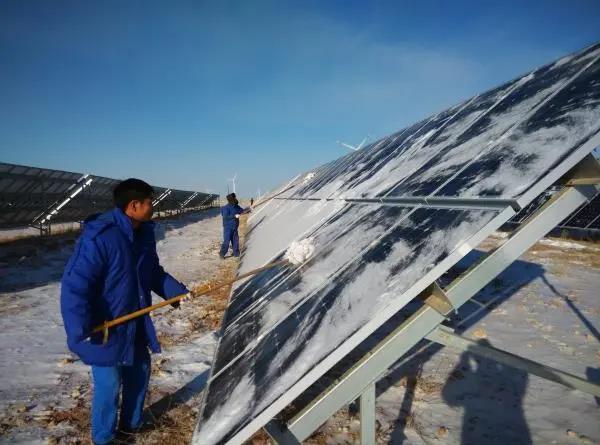
3. Do we need to disconnect the photovoltaic power generation system during thunderstorm weather?
Distributed photovoltaic power generation systems are equipped with lightning protection devices, so there is no need to disconnect them. For safety reasons, it is recommended to choose to disconnect the circuit breaker switch of the combiner box, cut off the circuit connection with the photovoltaic module, and avoid the harm caused by direct lightning strikes that cannot be removed by the lightning protection module. Operations and maintenance personnel should promptly check the performance of the lightning protection module to avoid the harm caused by the failure of the lightning protection module.
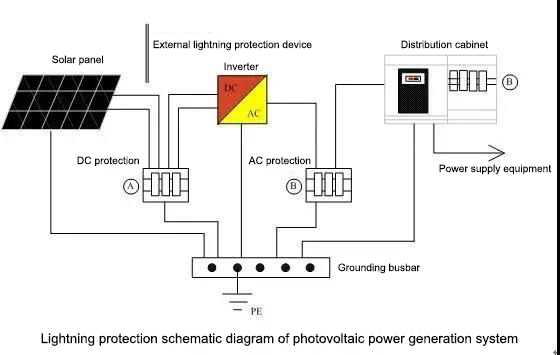
4. Do we need to clean the photovoltaic power generation system after snow? How to deal with the snow melting and icing of photovoltaic modules in winter?
If there is heavy snow accumulation on the components after snow, they need to be cleaned. Soft objects can be used to push the snow down, being careful not to scratch the glass. Components have a certain load-bearing capacity, but they cannot be cleaned by stepping on them, which can cause hidden cracks or damage to the components and affect their lifespan. It is generally recommended not to wait until the snow is too thick before cleaning to avoid excessive freezing of the components.
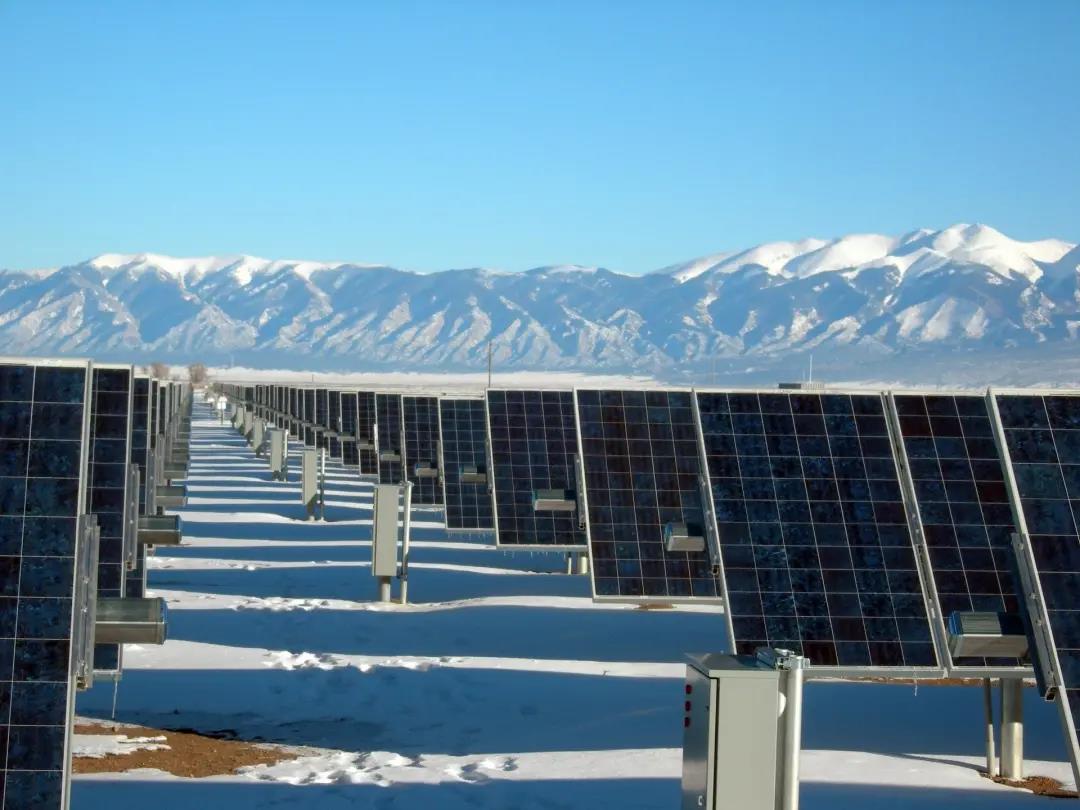
5. Can photovoltaic power generation systems resist the hazards of hail?
Qualified components in photovoltaic grid connected systems must pass strict tests such as a maximum static load (wind load, snow load) of 5400pa on the front, a maximum static load (wind load) of 2400pa on the back, and a 25mm diameter hail impact at a speed of 23m/s. Therefore, hail will not pose a threat to qualified photovoltaic power generation systems.
6. Will the photovoltaic power generation system still work if there is continuous rain or haze after installation?
Photovoltaic cell modules can also generate electricity under certain low light conditions, but due to continuous rainy or hazy weather, the solar irradiance is low. If the working voltage of the photovoltaic system cannot reach the starting voltage of the inverter, the system will not work.
The grid connected distributed photovoltaic power generation system operates in parallel with the distribution network. When the distributed photovoltaic power generation system cannot meet the load demand or does not work due to cloudy weather, the electricity from the grid will be automatically replenished, and there is no problem of insufficient power or power outage.
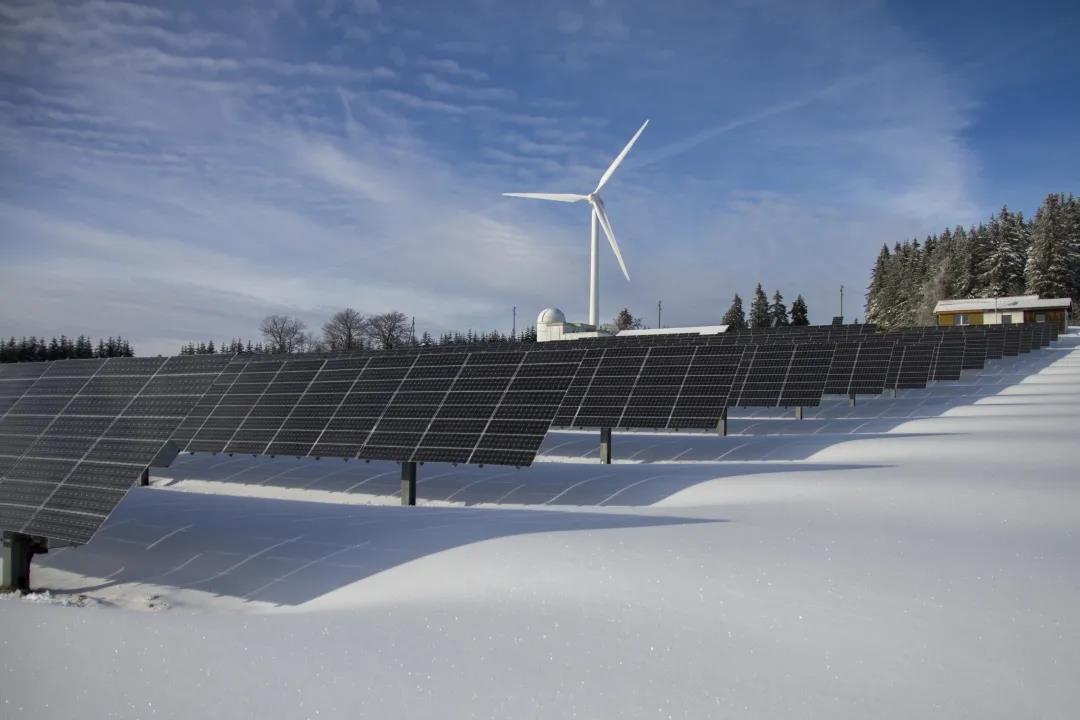
7. Will there be a shortage of electricity during cold weather in winter?
The power generation of photovoltaic systems is indeed affected by temperature, and the direct influencing factors are radiation intensity, sunshine duration, and the working temperature of solar cell modules. In winter, it is inevitable that the radiation intensity will be weak, and the duration of sunlight will be short. Generally, the power generation will be lower than in summer, which is also a normal phenomenon. However, due to the connection between distributed photovoltaic systems and the power grid, as long as there is electricity in the grid, the household load will not experience power shortage and power outage.
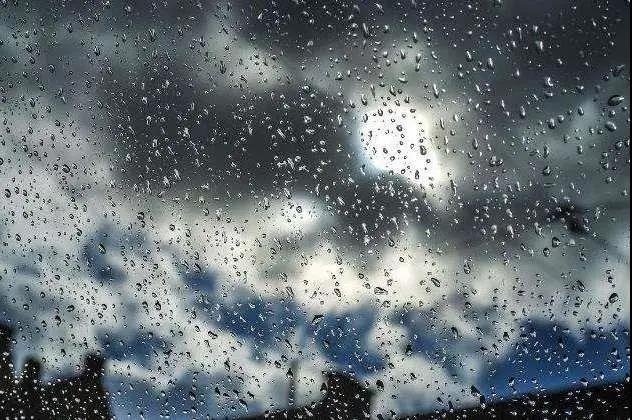
8. Do photovoltaic power generation systems pose electromagnetic radiation and noise hazards to users?
Photovoltaic power generation systems convert solar energy into electrical energy based on the principle of photovoltaic effect, which is pollution-free and radiation free. Electronic components such as inverters and distribution cabinets undergo EMC (electromagnetic compatibility) testing, so they are not harmful to human health. The photovoltaic power generation system converts solar energy into electrical energy without generating noise effects. The noise index of the inverter is not higher than 65 decibels, and there is no noise hazard.
9. How to reduce the maintenance cost of photovoltaic power generation systems?
It is recommended to choose photovoltaic products with good reputation and after-sales service on the market. Qualified products can reduce the incidence of failures, and users should strictly follow the user manual of the system product, regularly inspect and clean the system for maintenance.



